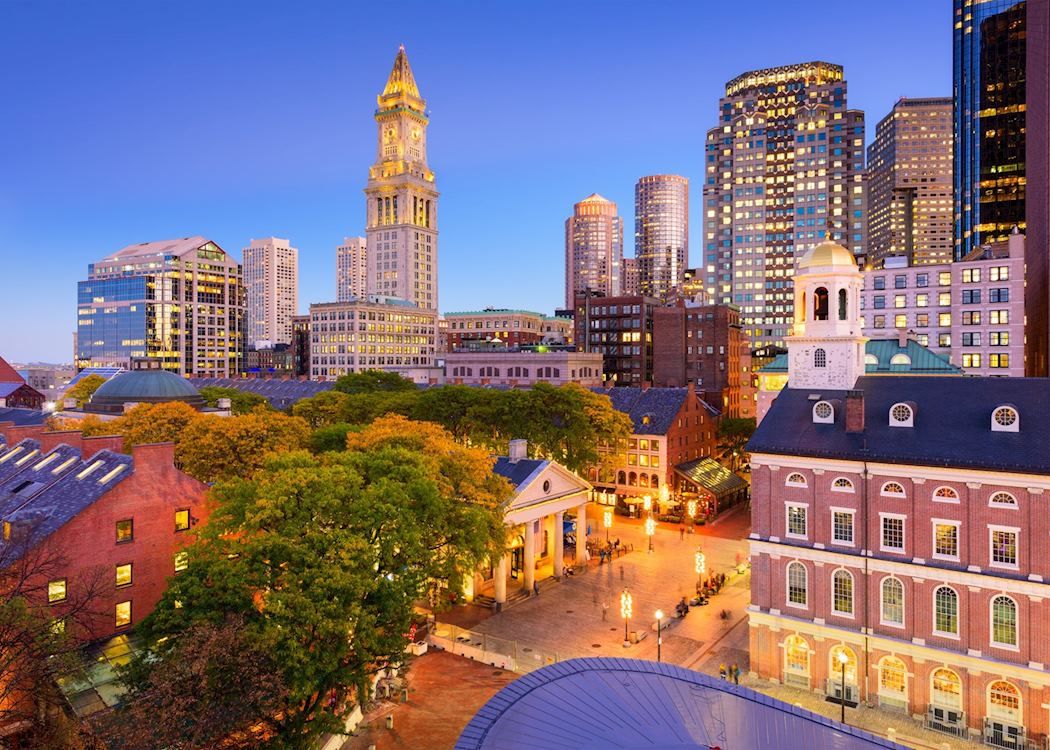
Every city holds its secrets, its untold narratives woven into the very fabric of its streets and structures. Boston, the venerable capital of Massachusetts, is no exception. Beyond its well-trodden paths and iconic landmarks lies a history rich with peculiar origins, defiant transformations, and an extraordinary spirit that continues to define it.
This isn’t merely a tale of revolutionary fervor or academic excellence; it’s a journey into the city’s less-explored corners. We’ll unearth the surprising ways in which Boston was literally built from the ground up, the audacious acts that ignited a nation, and the contentious decisions that profoundly reshaped its urban landscape.
Join us as we peel back the layers of time, revealing the curious catalysts and profound impacts that have sculpted this remarkable American metropolis into the vibrant, complex entity it is today. Prepare to see Boston not just as a city of historical renown, but as a living testament to human ingenuity, resilience, and occasional, surprising friction.
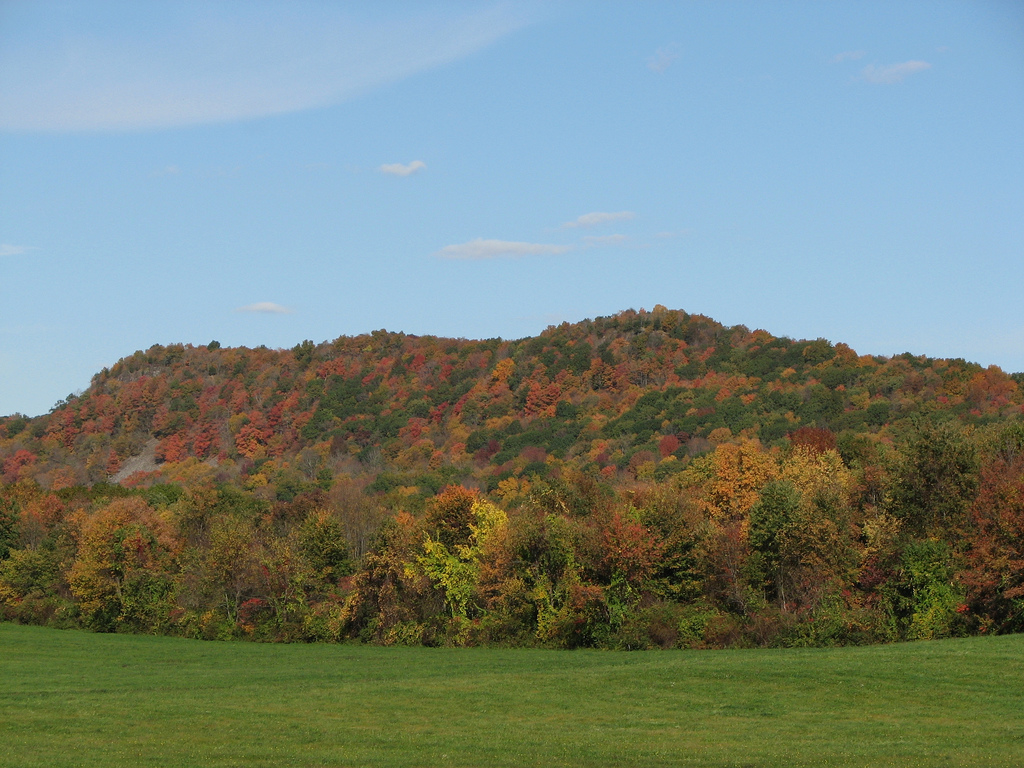
1. **Foundational Paradoxes: Where Land Met Sea and Will**: Boston’s very existence is a testament to human will overcoming natural limitations, a fascinating paradox woven into its foundational story. The city, which would become the most populous in Massachusetts, was initially founded on the Shawmut Peninsula in 1630 by English Puritan settlers. However, the peninsula itself was only the beginning of a much larger ambition.
Remarkably, more than two-thirds of inner Boston’s modern land area did not even exist when the city was first established. This expansive footprint was painstakingly created through centuries of land reclamation, a monumental feat involving the filling in of surrounding tidal areas, marshes, and mud flats. Early settlers even used earth from the leveling or lowering of Boston’s three original hills, known collectively as the ‘Trimountain’ – a name still echoed in Tremont Street – to achieve this remarkable expansion.
This grand reshaping of the landscape continued well into the 19th century. For instance, gravel was brought in by rail from the hills of Needham Heights to fill the vast expanse of the Back Bay, transforming a brackish Charles River marshland into significant new areas like the South End, West End, Financial District, and Chinatown. It’s an extraordinary testament to engineering and determination, a literal building of new ground where only water and mud once lay.
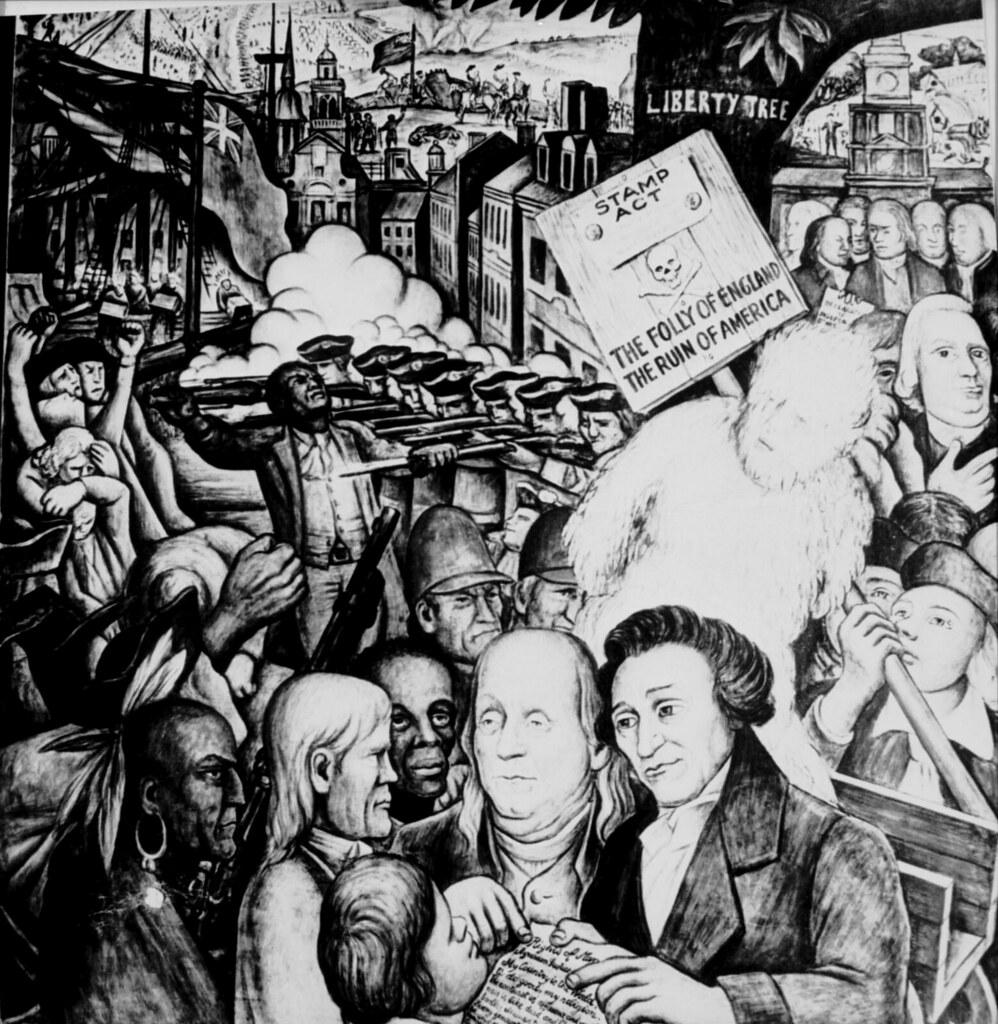
2. **The Revolutionary Crucible: Igniting a Nation’s Defiance**: Boston played an absolutely central, incendiary role in the American Revolution, acting as a veritable crucible where the flames of liberty were forged. Its revolutionary spirit against British colonial governance was not only demonstrably strong but also profoundly inspiring to the other thirteen colonies, setting the stage for a new nation.
Many crucial events of the American Revolution and the subsequent Revolutionary War unfolded in or near the city. When the British Parliament passed the Stamp Act in 1765, Boston mobs fiercely protested, even raiding the homes of officials tasked with enforcing the act. This defiance escalated when the British sent two regiments to Boston in 1768 to quell the revolt, an action that only served to further inflame the colonists.
In 1770, the tension erupted during the Boston Massacre, where British troops fired into a protesting Boston mob, forcing the British to withdraw their forces and fueling revolutionary sentiment across the colonies. This simmering discontent culminated in the iconic Boston Tea Party of 1773, where angered Bostonians dramatically threw an entire shipment of East India Company tea into Boston Harbor in protest of the Tea Act, a defining event that undeniably escalated the American Revolution and cemented Boston’s place in the annals of freedom.
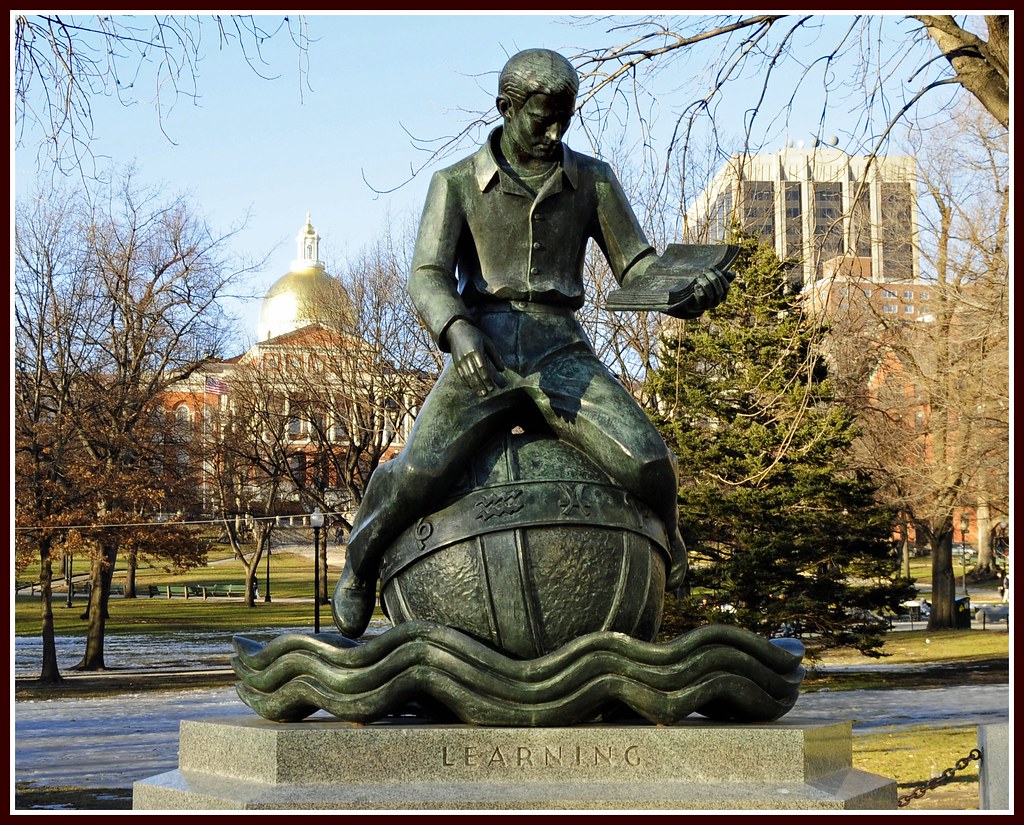
3. **A Legacy of “Firsts”: Pioneering American Innovation**: Boston has an impressive and enduring legacy as a city of “firsts,” laying down foundational stones for American society that continue to resonate today. These pioneering achievements reflect Boston’s early commitment to civic development, education, and modern infrastructure, setting benchmarks for the burgeoning nation.
Among its earliest and most notable distinctions is Boston Common, established in 1634, which holds the proud title of the nation’s first public park. This green space has served as a communal gathering point for centuries, witnessing everything from military musters to public protests, embodying the city’s dedication to shared urban spaces.
Just a year later, in 1635, Boston further cemented its commitment to learning with the founding of Boston Latin School, America’s very first public school. This institution laid the groundwork for public education in the United States, emphasizing the Puritan ethics and focus on intellectual development that shaped the city’s early history. Later, in a leap towards urban modernization, Boston also pioneered the nation’s first subway system, the Tremont Street subway, in 1897, revolutionizing urban transportation and demonstrating a forward-thinking approach to city planning and public convenience.
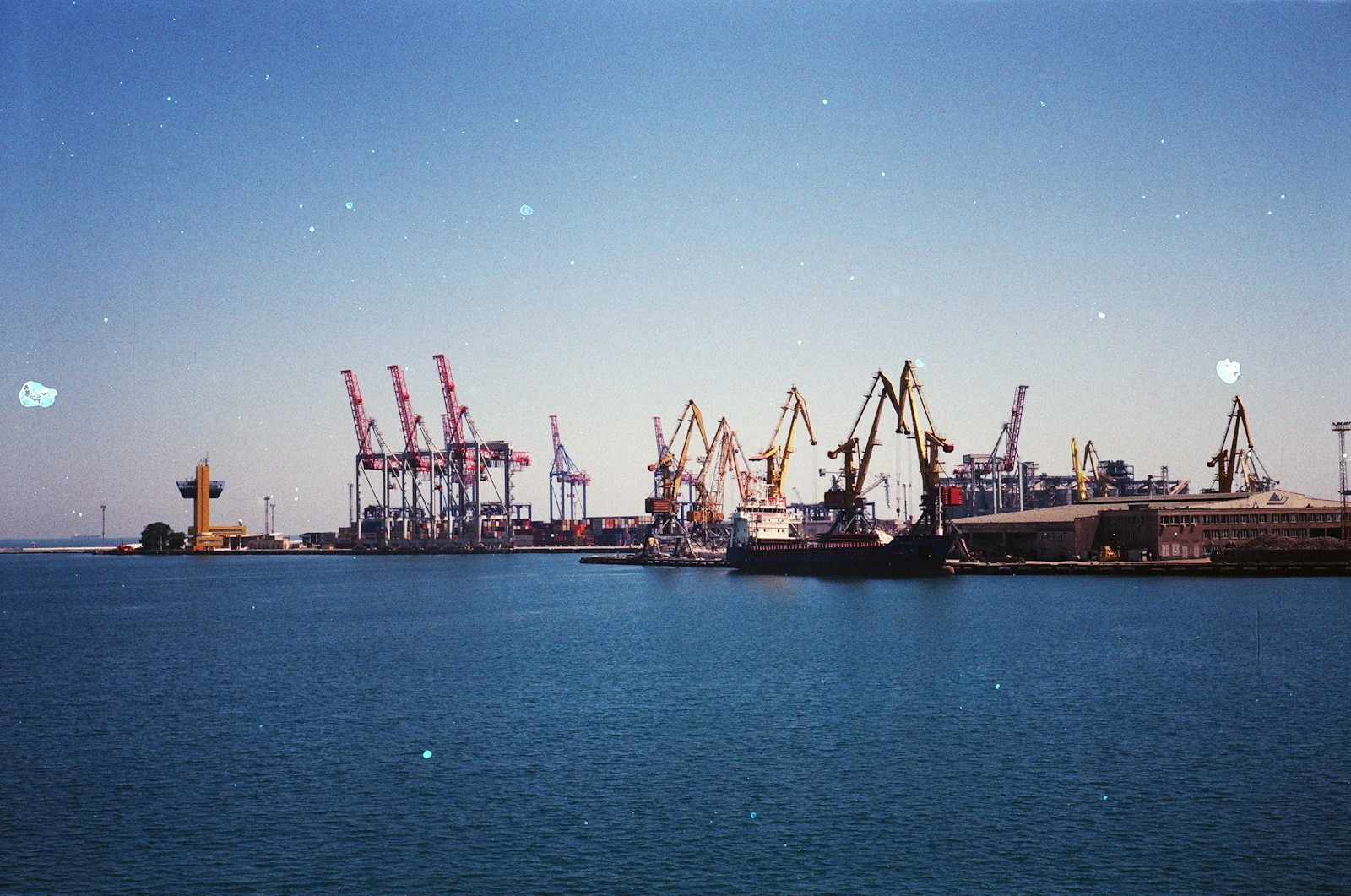
4. **Economic Metamorphosis: From Port to Global Pioneer**: Boston’s economic narrative is one of constant evolution, a compelling tale of adaptation and reinvention that saw it transform from a bustling colonial port into a global leader in innovation. Its early prosperity was deeply tied to its oceanfront location, making it a lively hub for shipping and fishing during the colonial era.
Boston was a primary stop on the Caribbean trade route, importing significant amounts of molasses, a trade link so influential it even led to the creation of the city’s famous Boston baked beans. However, this maritime dominance faced challenges. The Embargo Act of 1807, adopted during the Napoleonic Wars, and the War of 1812 significantly curtailed Boston’s harbor activity, forcing its merchants to seek new avenues for their capital investments.
This challenge became a catalyst for change. Manufacturing soon emerged as a vital component of the city’s economy, eventually surpassing international trade in importance by the mid-19th century. The small rivers bordering the city facilitated the shipment of goods, leading to a proliferation of mills and factories. Today, Boston stands as a global leader in higher education and research, the largest biotechnology hub in the world as of 2023, and a national leader in scientific research, law, medicine, engineering, and business, proudly boasting nearly 5,000 startup companies that cement its reputation as a global pioneer in innovation, entrepreneurship, and artificial intelligence.
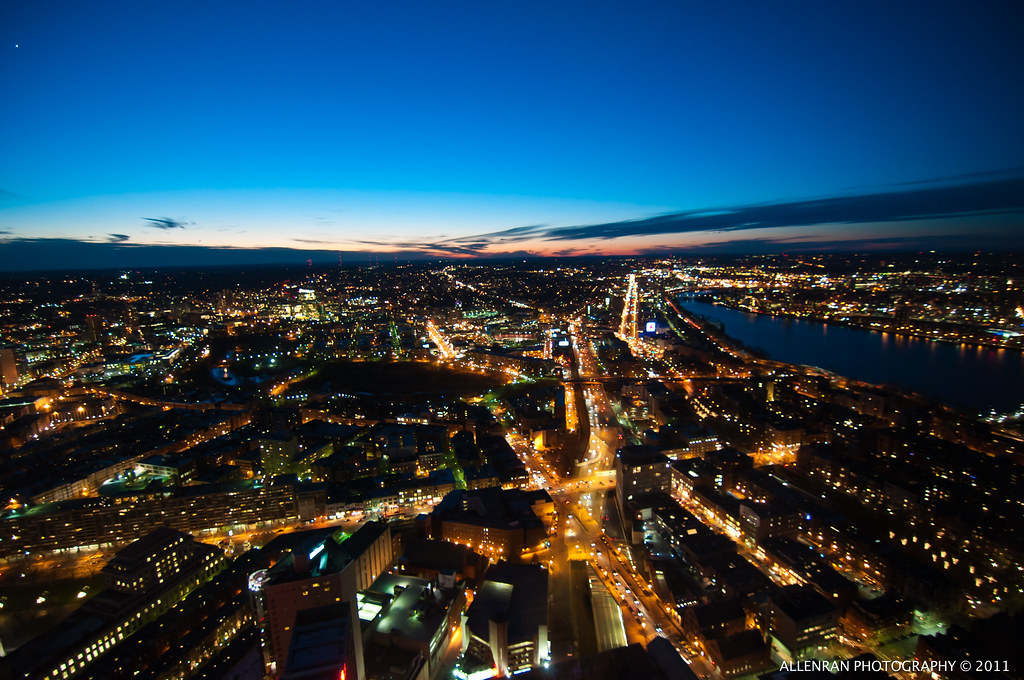
5. **The Rise of Brahmins and Cultural Flourishing: Boston’s Intellectual Epoch**: Following American independence, Boston not only solidified its role as a key port and manufacturing center but also experienced a profound cultural blossoming, admired across the nation for its rarefied literary life and generous artistic patronage. This period marked the emergence of a distinct societal stratum that would leave an indelible mark on the city’s identity.
Members of the old Boston families, later affectionately dubbed “Boston Brahmins,” came to be regarded as the nation’s social and cultural elites. This term, coined by Oliver Wendell Holmes Sr., associated them with the American upper class, particularly Harvard University, and often the Episcopal Church, embodying a blend of intellectualism, wealth, and social influence that shaped the city’s sophisticated character.
Their patronage fostered an environment where arts and letters thrived, contributing to Boston’s reputation as a beacon of culture. This intellectual epoch saw the construction of many architecturally significant buildings in the early 20th century, including Horticultural Hall, the Isabella Stewart Gardner Museum, and Jordan Hall, each a testament to the city’s deep-seated appreciation for beauty and knowledge, further solidifying Boston’s unique cultural footprint in America.

6. **Immigration Waves and Shifting Identities: A Tapestry of Cultures**: The 19th century brought about a dramatic transformation in Boston’s social fabric, as waves of European immigrants reshaped its population and cultural landscape. This period saw rapid growth, particularly in the 1820s, forever altering the city’s ethnic composition and creating a vibrant, multicultural tapestry.
Irish immigrants dominated the first major wave of newcomers, especially following the devastating Great Famine. By 1850, a significant Irish community of about 35,000 had settled in Boston, profoundly influencing its demographics. As the century progressed, the city welcomed increasing numbers of Germans, Lebanese, Syrians, French Canadians, and Russian and Polish Jews, each group bringing their unique traditions and contributing to Boston’s diverse character.
By the end of the 19th century, Boston’s core neighborhoods had evolved into distinct enclaves, each reflecting the ethnic identity of its inhabitants. Italians became the largest community in the North End, while the Irish firmly dominated areas like South Boston and Charlestown, and Russian Jews settled in the West End. These groups also brought their religious traditions; Roman Catholicism, introduced by Irish and Italian immigrants, now constitutes Boston’s largest religious community. The Irish, in particular, have played a major and enduring role in Boston politics since the early 20th century, with prominent figures like the Kennedys, Tip O’Neill, and John F. Fitzgerald emerging from their ranks.
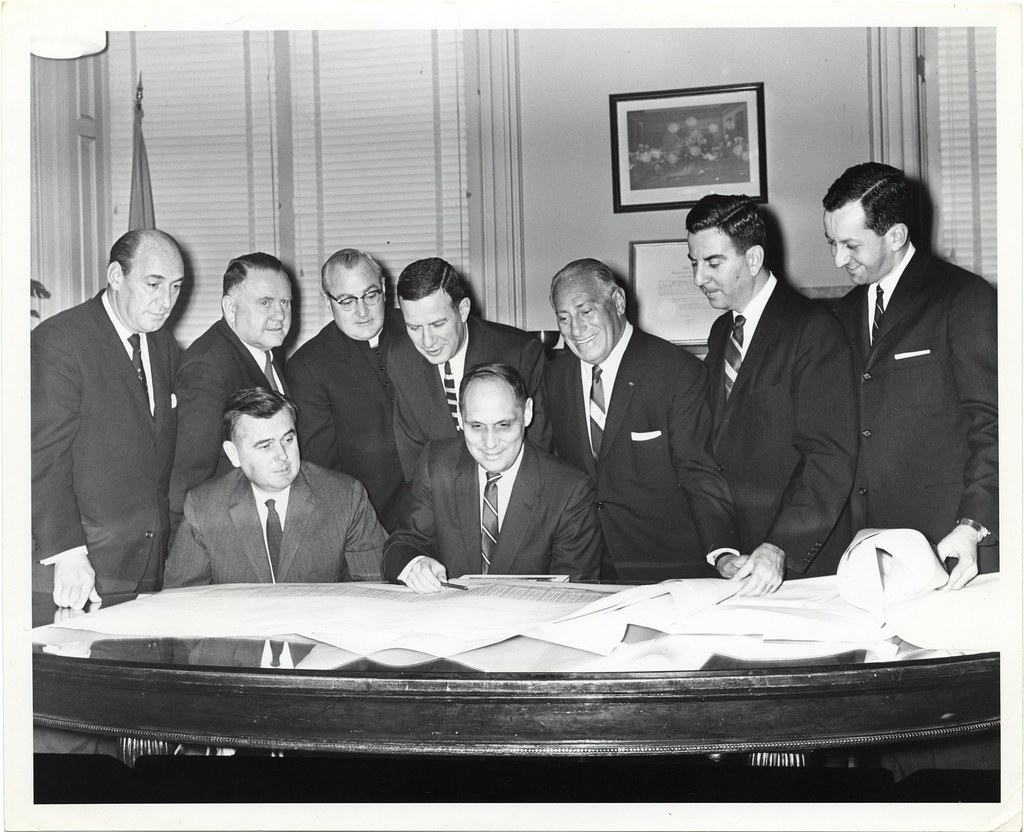
7. **Urban Renewal’s Double-Edged Sword: Reshaping the City, Displacing Lives**: By the early to mid-20th century, Boston faced economic decline as its factories aged and businesses relocated in search of cheaper labor elsewhere. In response, the city embarked on ambitious urban renewal projects, aiming to revitalize its core and usher in a new era of prosperity, but these initiatives were not without significant controversy and human cost.
The Boston Redevelopment Authority (BRA), established in 1957, spearheaded these efforts. One of its earliest projects in 1958, aimed at improving the historic West End neighborhood, resulted in extensive demolition. This drastic measure was met with strong public opposition and, tragically, led to the displacement of thousands of families, leaving a painful legacy in the community’s memory.
The BRA continued to implement eminent domain projects, perhaps most notably the clearance of the vibrant Scollay Square area. This historically rich district was transformed to make way for the construction of the modernist-style Government Center, dramatically altering the city’s downtown landscape. While these projects aimed to modernize and rebuild Boston, they also sparked critical debates about preservation, community autonomy, and the social impact of large-scale urban planning, demonstrating the complex and often contentious nature of progress.
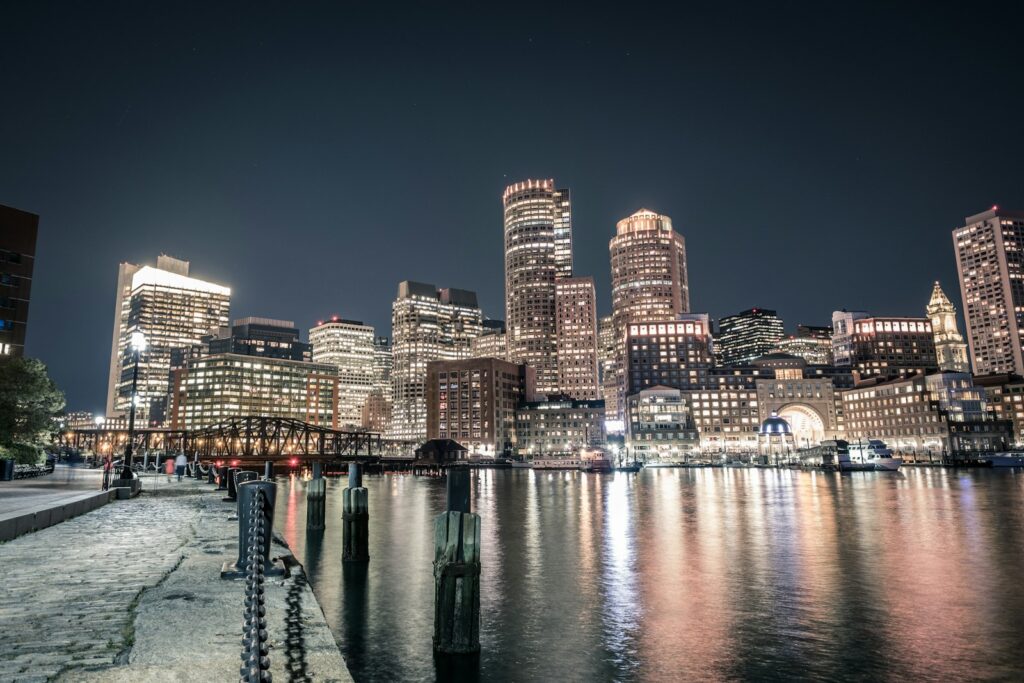
8. **The Modern Economic Engine: Beyond Trade and Industry**: Boston’s economic story, as we’ve seen, is one of constant reinvention, but its current dynamism truly sets it apart as a global powerhouse. While maritime trade and manufacturing once propelled its growth, the city has strategically pivoted to become a nexus for knowledge-based industries, particularly in the realms of finance, professional services, information technology, and government. This deliberate shift has solidified its position as a leading urban economy, attracting talent and investment from across the globe.
A remarkable aspect of Boston’s contemporary economic landscape is its unparalleled leadership in higher education and research, serving as a fertile ground for innovation. The city proudly stands as the largest biotechnology hub in the world as of 2023, a testament to its cutting-edge scientific research and medical institutions. With nearly 5,000 startup companies thriving within its boundaries, Boston has undeniably cemented its reputation as a global pioneer in entrepreneurship and artificial intelligence, demonstrating a forward-thinking approach to economic development that continually pushes the boundaries of what’s possible.
Beyond its impressive GDP figures, Boston also distinguishes itself through a strong ethos of civic responsibility and sustainability. As of 2013, Boston households have provided the highest average rate of philanthropy in the nation, reflecting a deep-seated commitment to community welfare. Furthermore, the city’s businesses and institutions consistently rank among the top in the nation for environmental sustainability and new investment, showcasing a conscious effort to blend economic prosperity with ecological stewardship and long-term societal benefit.
9. **A Shifting Urban Fabric: Gentrification and New Developments**: Building on the urban renewal efforts of the mid-20th century, Boston’s landscape continued to undergo significant transformations in the latter half of the 20th century and into the 21st. After a period of economic downturn in the early to mid-20th century, spurred by aging factories and businesses seeking cheaper labor elsewhere, the city’s economy began a remarkable recovery by the 1970s. This resurgence triggered a new wave of construction, particularly a proliferation of high-rises in the Financial District and the elegant Back Bay, dramatically reshaping Boston’s iconic skyline and signaling a renewed era of urban vitality.
This boom, which continued into the mid-1980s and resumed after brief pauses, was further punctuated by monumental infrastructure projects. The most significant of these was the Central Artery/Tunnel Project, famously known as the “Big Dig.” Completed in 2007 after years of delays and cost overruns, this ambitious undertaking removed the unsightly elevated Central Artery, integrating new green spaces and open areas into the downtown and South Boston areas. The Big Dig not only improved traffic flow but also profoundly transformed the geography of these key urban districts, creating new opportunities for development and public enjoyment.
However, this period of revitalization has also brought its own set of challenges, most notably the phenomenon of gentrification. Housing prices in Boston have increased sharply since the 1990s, particularly after the city’s rent control regime was struck down by a statewide ballot proposition. This economic shift has led to concerns about affordability and the displacement of long-standing communities, highlighting the complex social dynamics inherent in rapid urban development. Despite these challenges, Boston continues to attract major corporations, such as General Electric, which announced its move to the rapidly developing Seaport District in 2016, further solidifying the city’s status as a desirable business destination.

10. **Contemporary Demographics: A Mosaic Continually Evolving**: While the 19th century saw Boston’s ethnic composition dramatically altered by European immigration, the city’s demographic tapestry has continued to evolve significantly into the 21st century, creating a vibrant and increasingly diverse population. The historical dominance of Irish and Italian communities in specific enclaves has gradually given way to a broader mix of cultures and backgrounds, reflecting national and global immigration trends.
While the 19th century saw Boston’s ethnic composition dramatically altered by European immigration, the city’s demographic tapestry has continued to evolve significantly into the 21st century, creating a vibrant and increasingly diverse population. The historical dominance of Irish and Italian communities in specific enclaves has gradually given way to a broader mix of cultures and backgrounds, reflecting national and global immigration trends.
According to the 2020 census, Boston was estimated to have 675,647 residents. A closer look at the historical racial and ethnic composition reveals a profound shift from 1940, when non-Hispanic White residents constituted 96.6% of the population, to 2020, when they represent 44.7%. This dramatic change underscores the city’s transformation into a true multicultural hub. Over the same period, the Black population has grown from 3.1% to 22.0%, while the Hispanic or Latino population, almost negligible at 0.1% in 1940, surged to 19.5% by 2020.
Adding another rich layer to this mosaic, the Asian population has also seen substantial growth, increasing from a mere 0.2% in 1940 to 9.7% in 2020. This ongoing evolution in demographics has enriched Boston’s cultural landscape, influencing everything from its culinary scene to its political discourse. The city remains a fascinating case study in how historical foundations adapt and integrate new identities, continually weaving a richer, more complex social fabric that defines its modern character.
From its audacious origins built on reclaimed land to its pivotal role in forging a nation, and now, as a global beacon of innovation and resilience, Boston’s journey is a truly captivating one. It is a city that constantly reinvents itself, honoring its deep historical roots while fearlessly embracing the future. Boston’s story is an ongoing narrative of ingenuity, defiance, and community, a living testament to the enduring power of a city shaped by both grand visions and the everyday lives of its people. Its peculiar charm and extraordinary evolution continue to unfold, inviting us all to marvel at its multifaceted legacy.




